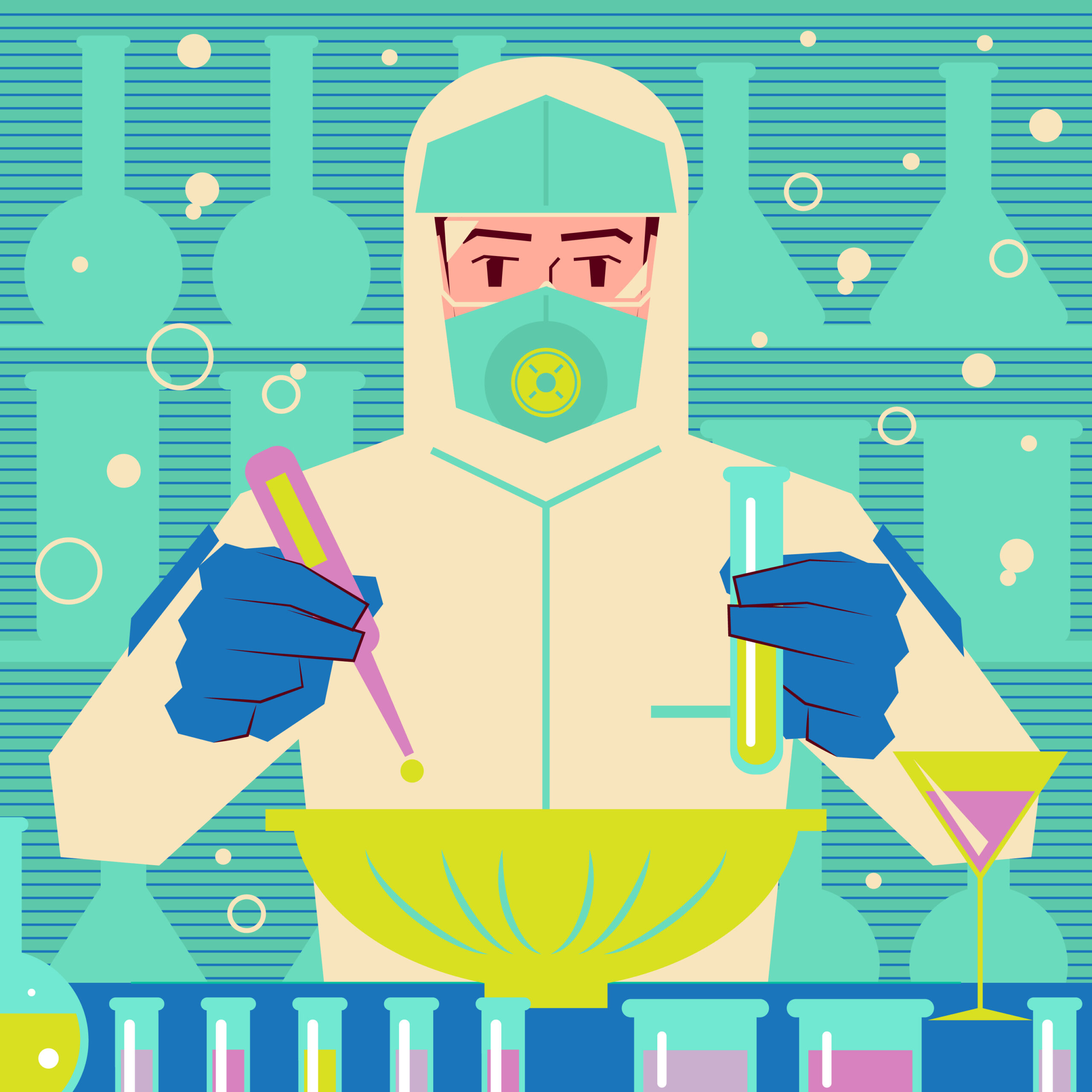Concerns about the safety of titanium dioxide as a food additive could potentially create significant challenges for the pharmaceutical industry. A May 2021 evaluation from the European Food Safety Authority (EFSA) has concluded that it was not possible to exclude genotoxicity concerns after consumption of titanium dioxide particles.
Genotoxicity refers to the ability of a substance to damage the genetic information within cells, causing mutations and potentially leading to cancer. However, three European associations focused on human medicines — Medicines for Europe, the European Federation of Pharmaceutical Industries and Associations (EFPIA), and the Association of the European Self-Care Industry (AESGP) — have noted that titanium dioxide (TiO2) has not been found to induce gene mutations during in vitro/in vivo studies.
While the EFSA’s opinion currently only affects food products, it will likely raise questions regarding the use of titanium dioxide in other products, including medicines.
The medicines associations have said several open questions need to be addressed to inform the benefit/risk assessment of TiO2 in pharmaceuticals. Perhaps key among these is the potential for any ban on the use of TiO2 to affect availability of products in the EU.
An August 2020 survey conducted by the three associations of companies that produce prescription and/or non-prescription drugs found that more than 90 per cent of oral dosage forms contain TiO2, typically containing less than 1mg per product per day.
If companies were required to remove TiO2 it would require reformulation, which could take years for each product, depending on the need for studies to determine stability, bioequivalence, and other formulation requirements. A study by the three associations estimates replacing TiO2 across the whole portfolio would take up to 10 years, given all the products that would need to be reformulated.
Furthermore, the medicines bodies note that other global regulators currently do not see safety concerns with using TiO2 in medicines, so removal of TiO2 from use in medicines would require new formulations to be developed for products sold in the EU, but not in the rest of the world. This could potentially further limit access to medicines for EU patients, since if production is unsustainable, companies are likely to withdraw their products from the European market.
Non-adherence to medications is a common problem, with the World Health Organisation estimating that 50 per cent of patients with chronic conditions deviate from their treatments.
According to a presentation from the three human medicines associations, titanium dioxide is vital for the optimum appearance of tablets and capsules, and therefore plays a significant role in patient compliance. The industry bodies note that, to the best of their knowledge, no other material shows the same properties as TiO2, such as opacity, whiteness, inertness, protection from UV light and the finish/smoothness of the resulting product.
To achieve the same or similar level of opaqueness, manufacturers would likely have to use larger amounts of other colorants. In addition, alternatives, especially if used in larger amounts, could have greater reactivity with API or other excipients. Current alternatives include calcium carbonate, talc and starch; however, all have downsides, according to the assessment from the three associations. Since calcium carbonate is sourced by mining on land and coral reefs, it is not an environmentally-friendly option, and its alkaline properties could react with the active ingredient.
Talc is also a mined mineral, and managing elemental impurity levels and ensuring the absence of asbestos adds complexity. Corn starch is the preferred ingredient due to whiteness compared to other starches, but sourcing GMO-certified free corn starch could present a challenge for the European market.
A further challenge is cost. According to assessments carried out by the three associations, based on the joint association survey, each reformulation could cost companies between €500,000 and €1.5 million.
Considering the EFSA decision, medicines associations are now seeking advice from the European Medicines Agency on any likely decision about drug products. Questions raised include whether the EMA will conduct an impact assessment, including collecting data from manufacturers and suppliers; and how any safety assessment will be conducted and plans to engage industry in such an exercise. They will also be seeking assurances around public communication and whether national regulators will be included in the line of communication.







